
Nourishing heritage: Preserving the tradition of oils in Indian cooking
Indian oils beautifully appreciate the influence of changing seasons on our well-being

Indian cuisine is a vibrant tapestry of flavours and aromas that have been perfected over centuries. A lesser-known yet fascinating aspect of Indian cooking is the understanding that the changing seasons call for a different choice of oils.
According toAnushruti, recipe creator, food writer, nutrition expert, and creator at Divine Taste (GFTR 2023), “Ayurveda places a lot of importance on ritucharya (seasonal routines) and dinacharya (daily routines). Ritucharya advises changing one’s diet and lifestyle with the season.“ Let's delve into how oils in Indian cooking are selected according to the seasons, and how they impart distinct flavours to our favourite dishes.
The wisdom of Ritucharya
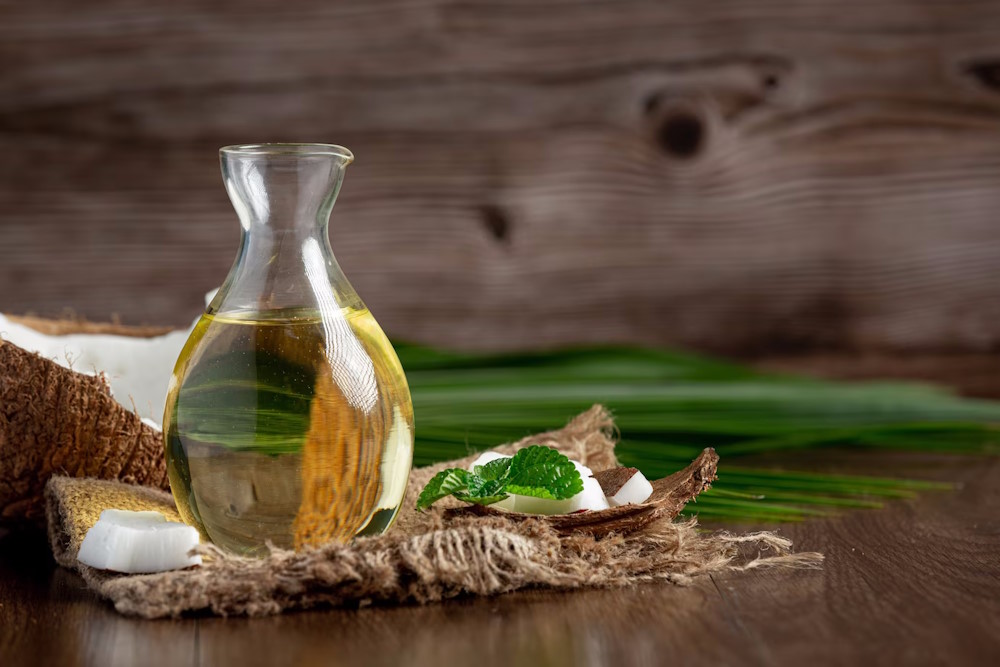
In Ayurvedic philosophy, every season is associated with specific qualities and energies. The foods consumed during these seasons are believed to balance these energies and enhance wellness. As the routine changes and nature undergoes transformation, the foods to be consumed also change. Oils are an integral part of this seasonal adjustment.
Summer delights
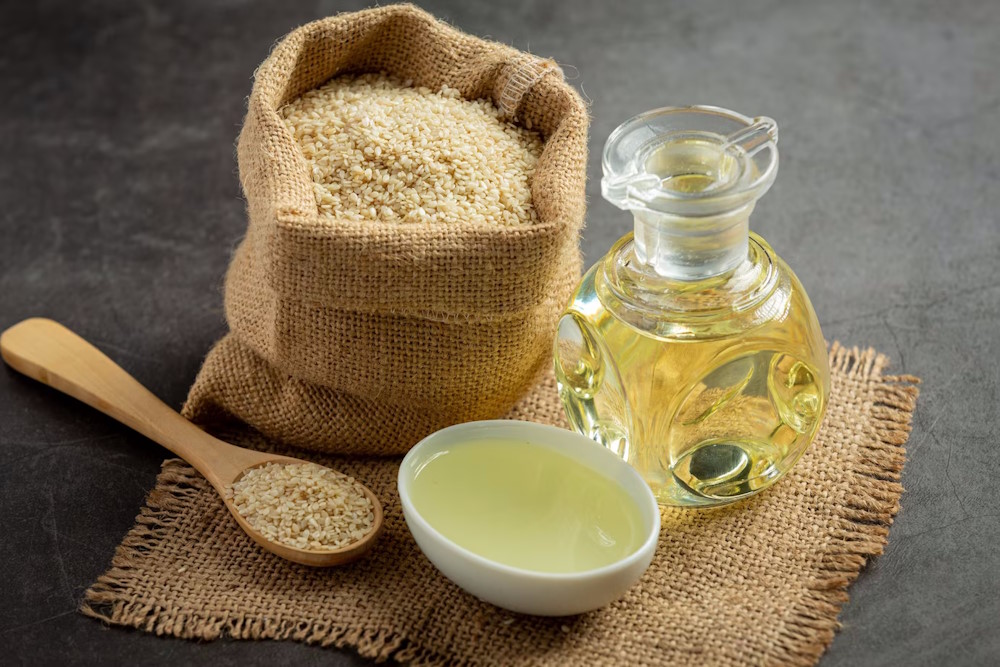
During the hot summer months, lighter oils like coconut oil and sesame oil are commonly used in Indian cooking. Coconut oil, with its cooling properties, imparts a subtle sweetness to dishes. Meanwhile, the nutty aroma of sesame oil not only aids digestion but also brings a delightful depth to stir-fries and salads.
Monsoon magic
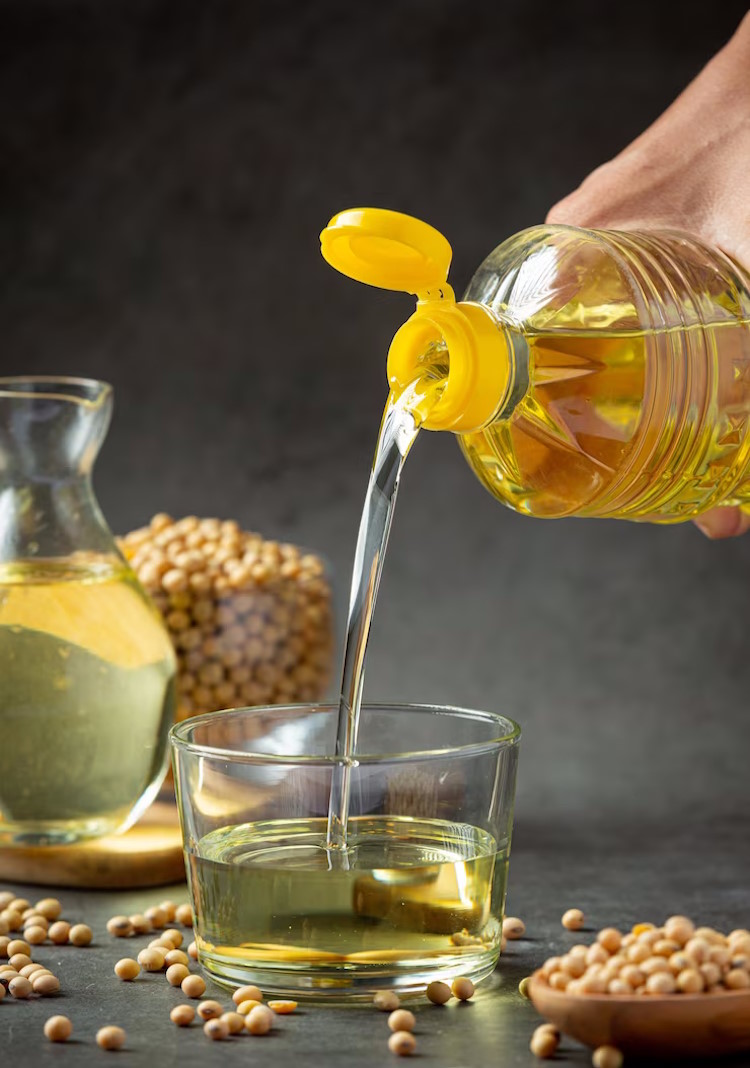
With the arrival of the monsoon, the focus shifts to oils that generate warmth and improve digestion. Soybean oil, known for its characteristic flavour, is popular in eastern India. Its inherent heat helps combat the dampness of the monsoon, adding a zing to dishes like fish curries and pakoras.
Autumn's bounty
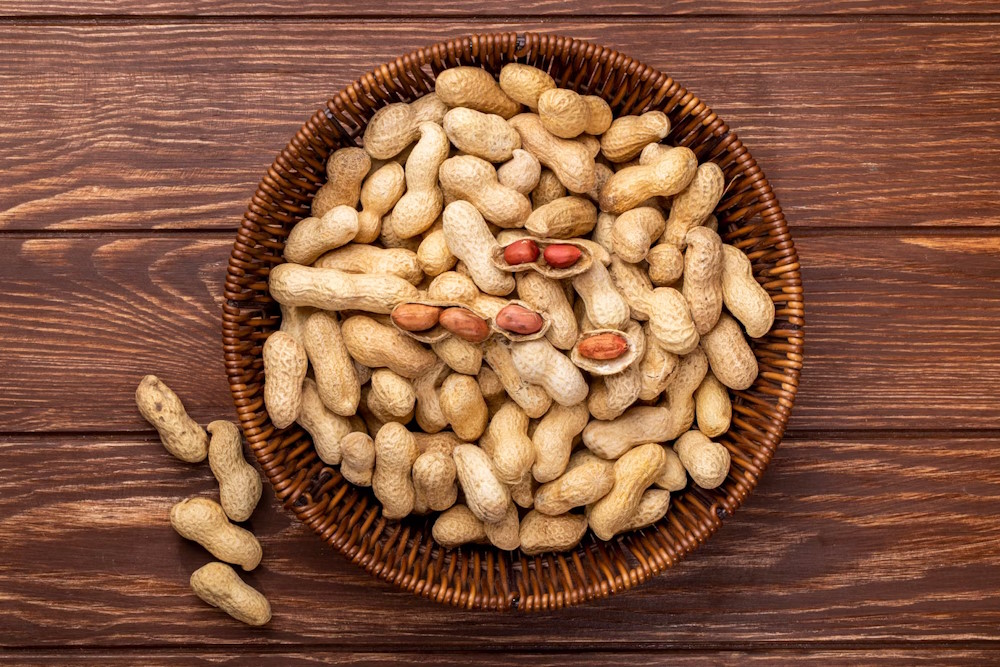
As the weather cools down, oils like ghee (clarified butter) and groundnut oil take centre stage in Indian kitchens. Ghee, revered for its healing properties, is believed to nourish and strengthen the body during this transition phase. Its rich aroma and taste enhance the flavours of traditional dishes like dal (lentils) and halwa (desserts). Groundnut oil, with its warmth and mild flavour, is perfect for frying and sautéing.
Winter warmth

In the winter months, the focus is on oils that generate heat and provide nourishment. Mustard oil, with its distinctive taste, is favoured in northern India. Its warming properties make it ideal for dishes like sarson ka saag (mustard greens curry) and makki ki roti (cornmeal flatbread). Olive oil, with its subtle flavour, is also used in moderation during this season.
Are there any lesser-known facts about Ayurveda and the use of traditional oils that you can share? Let us know in the comments.
Tags
0 Comment
You may also like
-

Kitchen stories Best of 2025: the year in search and 3 viral chicken recipes
by Vikhroli Cucina
-
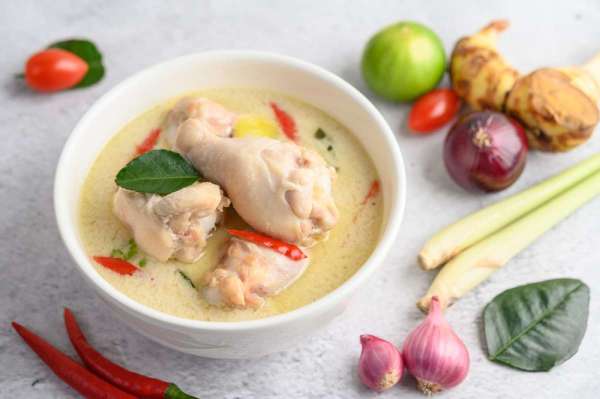
Kitchen stories The weekend chicken curry Christmas special: The Kerala Chicken Stew
by Vikhroli Cucina
-

Kitchen stories Gothic gastronomy: A Halloween menu of edible illusions
by Vikhroli Cucina
-
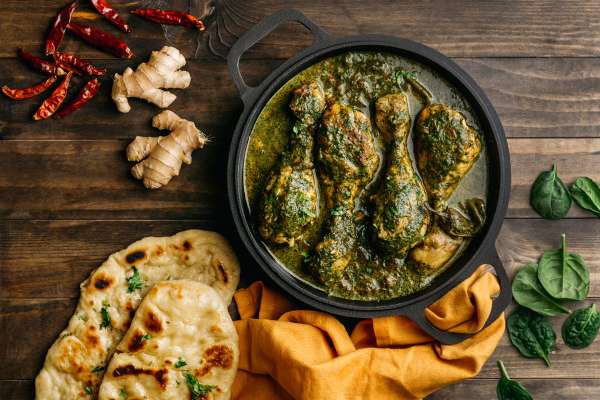
Kitchen stories The weekend chicken curry: Pahari Murg with Godrej Real Good Chicken
by Vikhroli Cucina

